Chapter 1: Introduction, Scope of Book, and Credits
Introduction
Archaeological Context
Forensic Context
Book Terminology and Organization
Background of the Specimens Included in this Book
Photographic Credits
Chapter 2: Crania
Crania of Large Species
Adult Human
Horse
Cow
Bear
Deer
Pig
Goat
Sheep
Dog
Crania of Small Species
Newborn Human
Raccoon
Opossum
Cat
Rabbit
Duck
Chicken
Chapter 3: Humeri
Humeri of Large Species
Adult Human
Horse
Bear
Cow
Pig
Dog
Deer
Sheep
Goat
Humeri of Small Species
Newborn Human
Turkey
Duck
Raccoon
Cat
Opossum
Rabbit
Chicken
Chapter 4: Radii and Ulnae
Radii and Ulnae of Large Species
Adult Human
Horse
Cow
Bear
Pig
Deer
Dog
Sheep
Goat
Radii and Ulnae of Small Species
Newborn Human
Turkey
Raccoon
Cat
Duck
Opossum
Chicken
Rabbit
Chapter 5: Femora
Femora of Large Species
Adult Human
Horse
Cow
Bear
Pig
Deer
Dog
Sheep
Goat
Femora of Small Species
Newborn Human
Raccoon
Turkey
Cat
Rabbit
Opossum
Chicken
Duck
Chapter 6: Tibiae
Tibiae of Large Species
Adult Human
Horse
Cow
Bear
Deer
Dog
Sheep
Pig
Goat
Tibiae of Small Species
Newborn Human
Turkey
Chicken
Duck
Raccoon
Cat
Rabbit
Opossum
Chapter 7: Human (Homo sapiens)
Cranium
Humerus
Radius
Ulna
Femur
Tibia
Fibula
Scapula
Sternum
Pelvis
Sacrum
Vertebrae
Metacarpals, Metatarsals, and Tarsals
Chapter 8: Horse (Equus caballus)
Cranium
Humerus
Radius/Ulna
Femur
Tibia
Fibula
Scapula
Sternum
Pelvis
Vertebrae
Metacarpus and Metatarsus
Chapter 9: Cow (Bos taurus and Bos indicus)
Cranium
Humerus
Radius/Ulna
Femur
Tibia
Scapula
Pelvis
Metacarpus, Metatarsus, and Tarsals
Chapter 10: Bear (Ursus americanus)
Cranium
Humerus
Radius
Ulna
Femur
Tibia
Fibula
Scapula
Sternum
Pelvis
Sacrum
Vertebrae
Metacarpals, Metatarsals, and Tarsals
Chapter 11: Deer (Odocoileus virginianus)
Cranium
Humerus
Radius
Ulna
Femur
Tibia
Scapula
Pelvis
Sacrum
Vertebrae
Metacarpus, Metatarsus, and Tarsals
Chapter 12: Pig (Sus scrofa)
Cranium
Humerus
Radius/Ulna
Femur
Tibia
Fibula
Scapula
Sternum
Pelvis
Vertebrae
Metacarpals, Metatarsals, and Tarsals
Chapter 13: Goat (Capra hircus)
Cranium
Humerus
Radius
Ulna
Femur
Tibia
Scapula
Pelvis
Metacarpus and Metatarsus
Chapter 14: Sheep (Ovis aries)
Cranium
Humerus
Radius/Ulna
Femur
Tibia
Scapula
Pelvis
Sacrum
Metacarpus, Metatarsus, and Tarsals
Chapter 15: Dog (Canis familiaris)
Cranium
Humerus
Radius
Ulna
Femur
Tibia
Fibula
Scapula
Pelvis
Sacrum
Vertebrae
Chapter 16: Raccoon (Procyon lotor)
Cranium
Humerus
Radius
Ulna
Femur
Tibia
Scapula
Pelvis
Vertebrae and Baculum
Chapter 17: Opossum (Didelphis virginiana)
Cranium and Mandible
Humerus
Radius
Ulna
Femur
Tibia
Fibula
Scapula
Pelvis
Vertebrae
Chapter 18: Cat (Felis catus)
Cranium
Humerus
Radius
Ulna
Femur
Tibia
Fibula
Scapula
Pelvis
Vertebrae
Chapter 19: Rabbit (Sylvilagus carolinensis and Oryctolagus cunniculus)
Cranium
Humerus
Radius/Ulna
Femur
Tibia/Fibula
Scapula
Pelvis
Sacrum
Vertebra
Chapter 20: Turkey (Meleagris gallopavo)
Humerus
Radius
Ulna
Femur
Tibiotarsus
Fibula
Pectoral Girdle
Pelvis
Synsacrum
Carpometacarpus
Chapter 21: Duck (Anas platyrhynchos)
Cranium
Humerus
Radius
Ulna
Femur
Tibia
Fibula
Pectoral Girdle
Sternum
Pelvis
Synsacrum
Carpometacarpus and Tarsometatarsus
Chapter 22: Chicken (Gallus gallus)
Cranium
Humerus
Radius
Ulna
Femur
Tibiotarsus
Fibula
Pectoral Girdle
Sternum
Pelvis
Carpometacarpus and Tarsometatarsus
Chapter 23: Miscellaneous Animals
Subadult Skeletal Elements
Adult Skeletal Elements
Rat
Bobcat
Fox
Turtle
Chapter 24: Traces of Butchery and Bone Working
Introduction
Modern Butchery: Eighteenth Century to Present
Butchery Using Cleavers and Heavy Knives
Prehistoric Butchery
Bone as a Raw Material
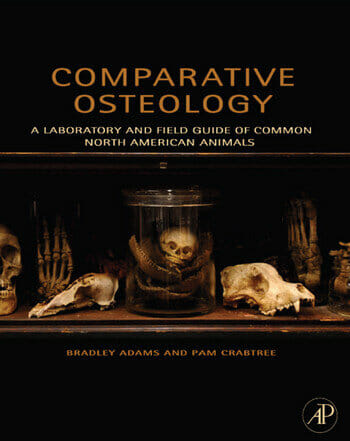




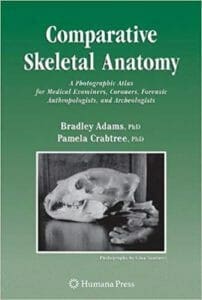
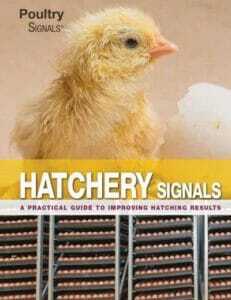
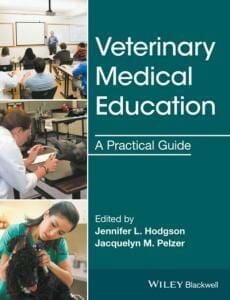
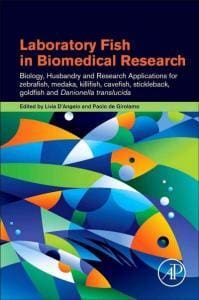
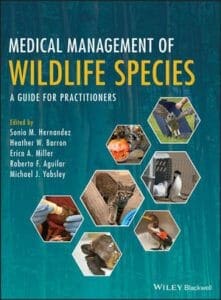





![Ettinger’s Textbook of Veterinary Internal Medicine 9th Edition [PDF+Videos] Ettinger’s Textbook of Veterinary Internal Medicine 9th Edition [True PDF+Videos]](https://www.vet-ebooks.com/wp-content/uploads/2024/10/ettingers-textbook-of-veterinary-internal-medicine-9th-edition-100x70.jpg)

![Textbook of Veterinary Diagnostic Radiology 8th Edition [PDF+Videos+Quizzes] Thrall’s Textbook of Veterinary Diagnostic Radiology, 8th edition PDF](https://www.vet-ebooks.com/wp-content/uploads/2019/09/textbook-of-veterinary-diagnostic-radiology-8th-edition-100x70.jpg)






